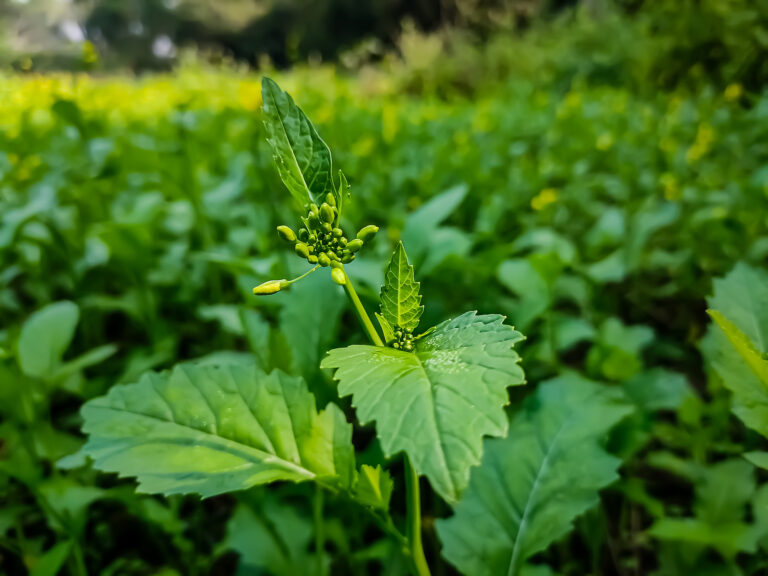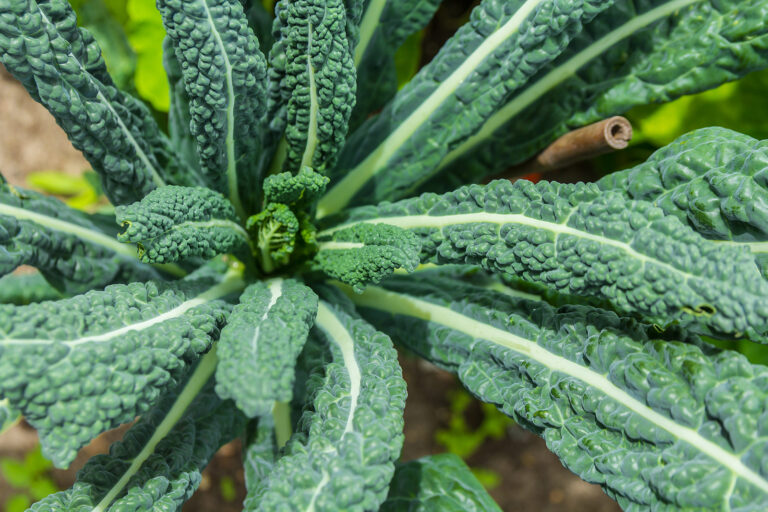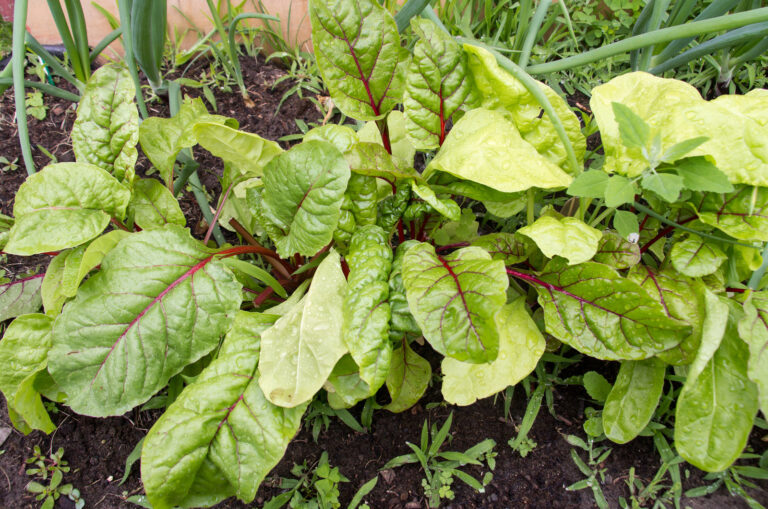Direct Seeding vs. Transplanting Napa Cabbage: Pros and Cons
Deciding whether to direct seed or transplant Napa cabbage can greatly affect your harvest timing, yield, and plant health. Drawing from over 30 years of experience growing cool-season crops in Sonoma Valley, I’ve compared these two approaches based on germination success, ease of care, and harvest consistency. This guide combines research-backed insights with practical, hands-on techniques to help home gardeners make the best choice.
Direct Seeding Napa Cabbage
Pros:
- Less labor-intensive: Sow seeds directly in prepared garden beds without needing indoor trays.
- Lower cost: No need for seed-starting containers, lights, or potting mix.
- Stronger root systems: Plants develop naturally in soil, reducing transplant shock.
Cons:
- Slower start: Seeds germinate outdoors depending on soil temperature, which can delay harvest.
- Vulnerability: Young seedlings are exposed to pests, heavy rains, or frost.
- Thinning required: Direct sowing may require careful thinning to prevent overcrowding.
Transplanting Napa Cabbage
Pros:
- Head start on season: Seedlings started indoors grow faster and can be transplanted when conditions are ideal.
- Controlled conditions: Protects young plants from unpredictable weather, pests, and soil-borne issues.
- Higher uniformity: Transplants often produce more consistent and evenly sized heads.
Cons:
- Labor and cost: Requires trays, soil mix, lights, and time for indoor care.
- Transplant shock risk: If not hardened off, seedlings can suffer slowed growth or stress.
- Space planning: Requires careful spacing at transplanting to avoid overcrowding.
My Experience
I’ve found that for spring plantings, transplanting Napa cabbage indoors yields faster, more uniform heads, while direct seeding in late summer or fall works well when soil is warm and pests are less active. Properly hardened transplants consistently outperform seeds sown directly in early spring.
Recommendations
- Spring crops: Start indoors and transplant for an early, reliable harvest.
- Late summer/fall crops: Direct sowing works well if frost is not imminent.
- General tip: Regardless of method, provide even soil moisture, fertile soil, and adequate spacing for optimal growth.
Choosing between direct seeding and transplanting depends on your climate, season, and gardening goals. Both methods can produce tender, flavorful Napa cabbage when done with care, but understanding the trade-offs ensures a successful, predictable harvest every year.
Napa Cabbage Learning Hub
Start here: The Ultimate Guide to Growing Napa Cabbage
Napa Cabbage Planting & Timing
- When to Plant Napa Cabbage in Spring and Fall
- Napa Cabbage Planting Calendar: Month-by-Month Guide
- Best Soil and Site Conditions for Napa Cabbage
Napa Cabbage Starting & Transplanting
- How to Start Napa Cabbage Indoors Under Lights
- Direct Seeding vs. Transplanting Napa Cabbage: Pros and Cons
- How to Harden Off and Transplant Napa Cabbage for Strong Growth
Napa Cabbage Care
- Watering Napa Cabbage: How Much and How Often
- How to Fertilize Napa Cabbage for Big, Tight Heads
- Protecting Napa Cabbage from Heat, Bolting, and Sun Stress
Pests & Diseases
Harvest & Storage
- How to Harvest Napa Cabbage Without Splitting or Cracking
- Storing Napa Cabbage for Weeks: Simple Home Preservation Tips
Containers & Small Spaces
Varieties
- Best Napa Cabbage Varieties for Home Gardeners
- Short-Season Napa Cabbage Varieties for Cool Climates
Companion Planting






